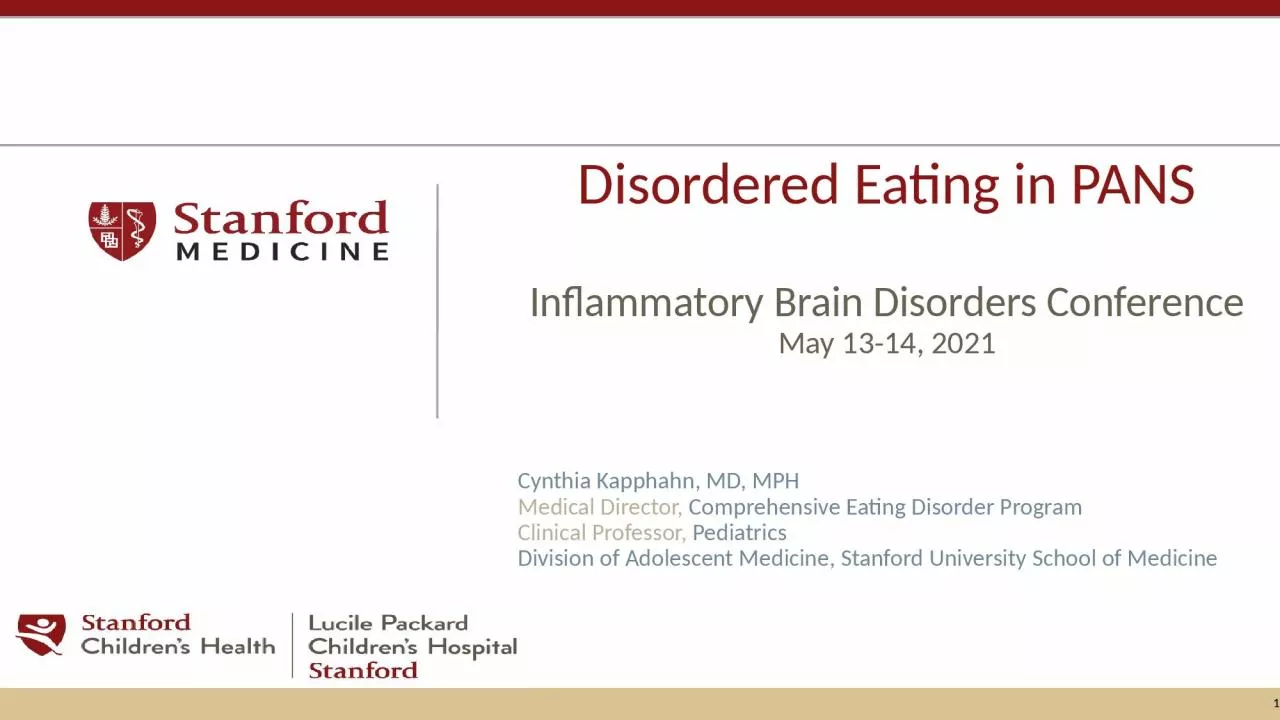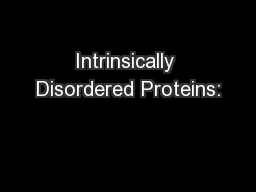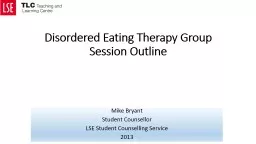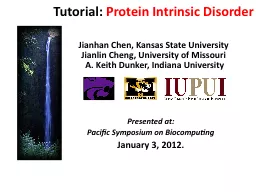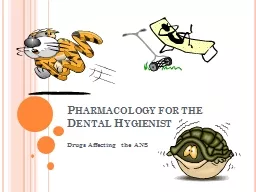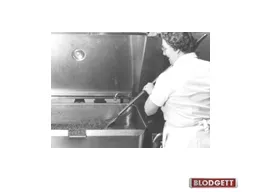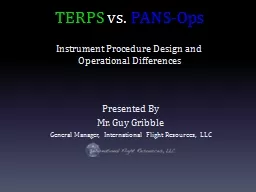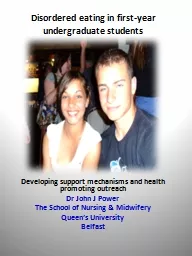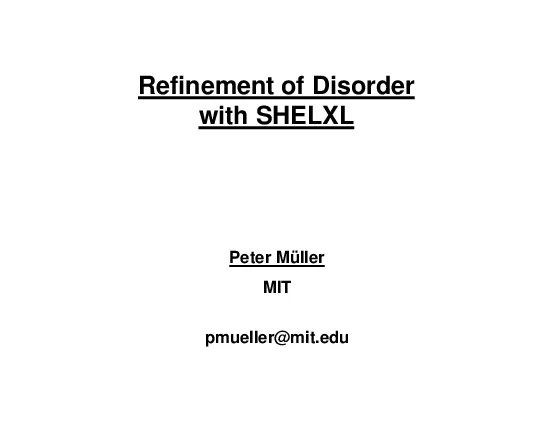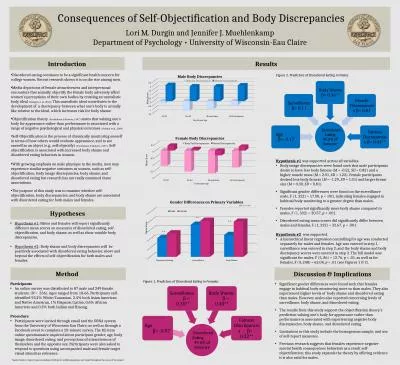PPT-Disordered Eating in PANS
Author : summer | Published Date : 2022-06-18
Inflammatory Brain Disorders Conference May 1314 2021 Cynthia Kapphahn MD MPH Medical Director Comprehensive Eating Disorder Program Clinical Professor Pediatrics
Presentation Embed Code
Download Presentation
Download Presentation The PPT/PDF document "Disordered Eating in PANS" is the property of its rightful owner. Permission is granted to download and print the materials on this website for personal, non-commercial use only, and to display it on your personal computer provided you do not modify the materials and that you retain all copyright notices contained in the materials. By downloading content from our website, you accept the terms of this agreement.
Disordered Eating in PANS: Transcript
Download Rules Of Document
"Disordered Eating in PANS"The content belongs to its owner. You may download and print it for personal use, without modification, and keep all copyright notices. By downloading, you agree to these terms.
Related Documents

